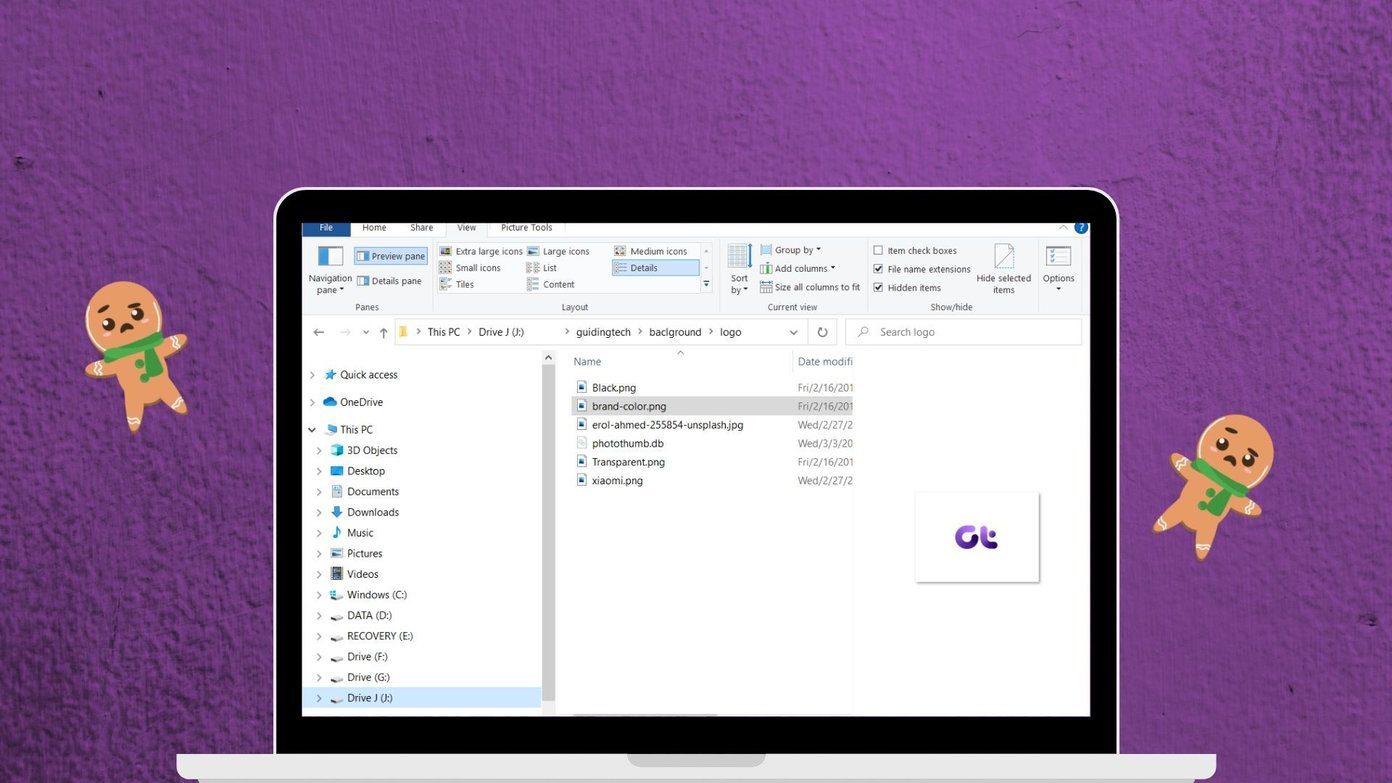So our advice is that if you are comfortable with stuff like virtualization and dual-boot, you could try out what we’ll teach today, else, just enjoy the process and increase your knowledge about it so that you can boast in front of your noob friends. This article also includes a video walkthrough at the end, and with that we are launching our Youtube channel. You should subscribe to it because we’ll be adding many more cool videos to the channel in the days ahead. Currently there are some issues with dual booting of Windows 8 and thus a clean installation is recommended. If you don’t want to go for a clean install you can install it on VirtualBox and run the new OS within your existing operating system. If you are not sure how to install and run Windows 8 as a virtual machine here is a complete guide for you. I have tested this on my Lenovo Y500 4EQ laptop. You can have a look at my system snapshot which I took using Speccy.
Necessary Prerequisites
Please make sure your computer supports hardware virtualization. If you are not sure about that download Microsoft Hardware-Assisted Virtualization Detection Tool. This tool checks if your computer processor supports HAV and if this setting is enabled.Download Windows 8 Developer Preview ISO.A minimum of 20 GB free hard disk space to spareThis is not necessary but as it’s a bit tedious process you might want to sit with a cup of coffee. 😉
Installing Windows 8 on Virtual Box
Step 1: Download and install VirtualBox on your computer. Installing it is no rocket science and will take a couple of minutes to complete once you agree with all the permissions. Step 2: After a successful installation run the VirtualBox using the desktop icon that was created at the time of installation. Launch New Virtual Machine wizard by clicking the New button on the main window. Step 3: Name your Virtual OS and select Microsoft Windows as the Operating System type and Windows 7 as the version from the drop down list. Step 4: You must now allocate RAM for your virtual OS. The best rule is to assign half of what you have. Suppose you have 4 GB RAM on your system you must assign 2 GB to the virtual OS so that you still have 2GB for your current OS. Step 5: Create a new Start-up hard disk and click on next. Step 6: Select Virtual Box Disk Image (VDI) file type and click on Next. Step 7: You can now choose between fixed and dynamic storage type. There is no harm in choosing either of the two but I prefer fixed over dynamic so that I don’t end up with space shortage. Step 8: Allocate the Virtual Disk Space. I recommend a minimum of 16-20 GB space for uninterrupted usage. Step 9: Click on create button on the summary page to create the virtual disk. Step 10: Sit back and relax for a bit while Virtual Box create your virtual disk. Step 11: After your Virtual OS is created its time to make some nifty changes. Right click on your VM and click on settings. Now enable VT-x and Nesting Paging options under the System—>Acceleration tab. Step 12: Enable PAE/NX under processor settings and save the settings by click the OK button. You can now start your VM by clicking on the start button. Step 13: On the First Run Wizard select the ISO file of Windows 8 Developer Preview and click on next. Step 14: The windows 8 installation will now start. For your convenience I have already made a video tutorial. You can have a look at it if you are not sure with any step. Though the video is recorded for VMWare Workstation 8 it will not make any difference. Step 15: Once the installation is complete you will be see the all new Metro UI. From next time on whenever you launch your VM you will boot into Windows 8. If you encounter any problem during the process I am just a comment away. And stay tuned because we’ll have more of playing with the Windows 8 dev preview in the coming days. 🙂 The above article may contain affiliate links which help support Guiding Tech. However, it does not affect our editorial integrity. The content remains unbiased and authentic.




















